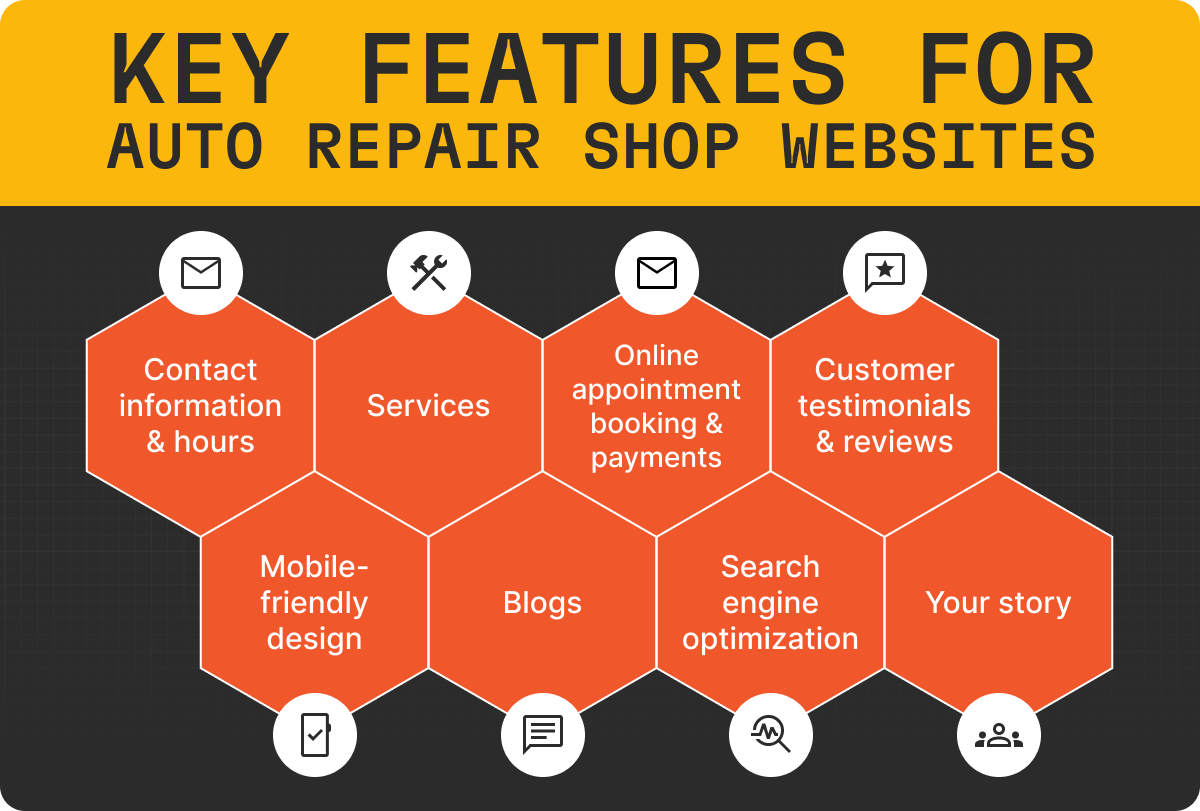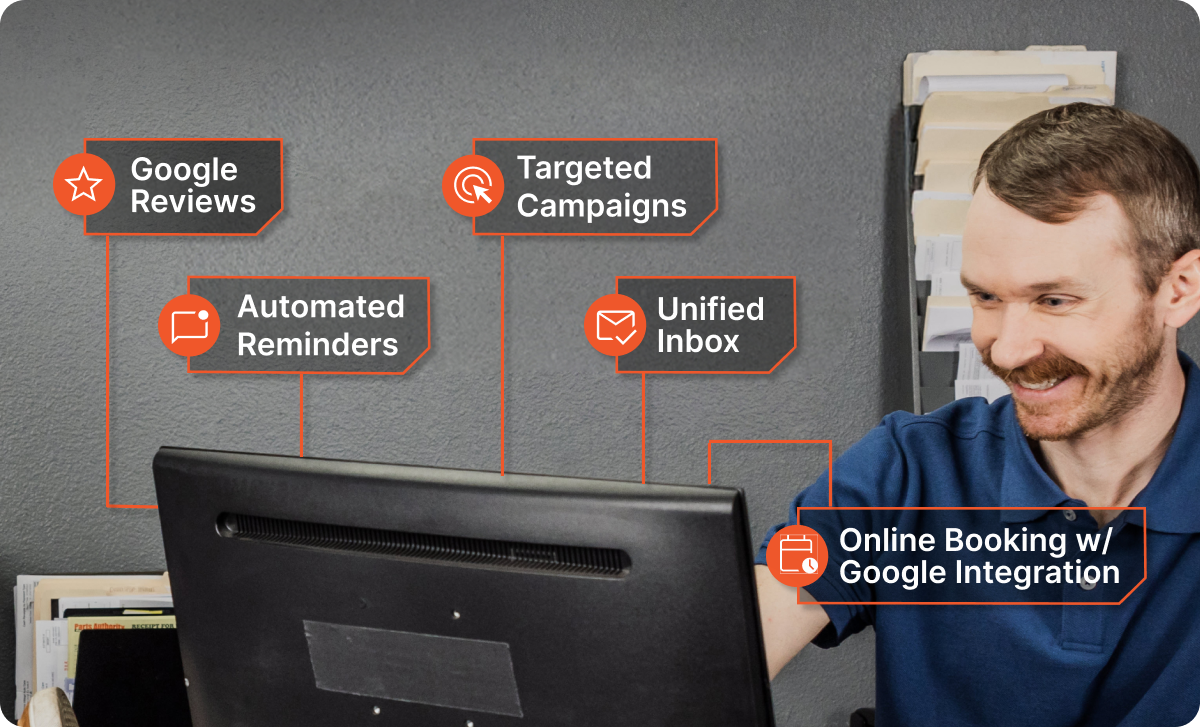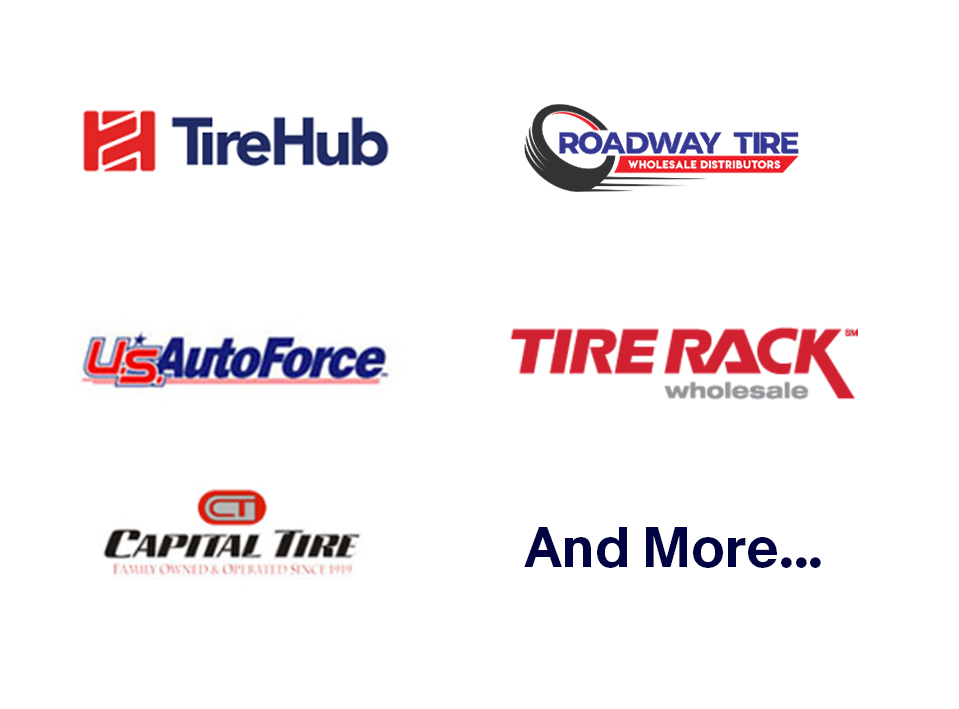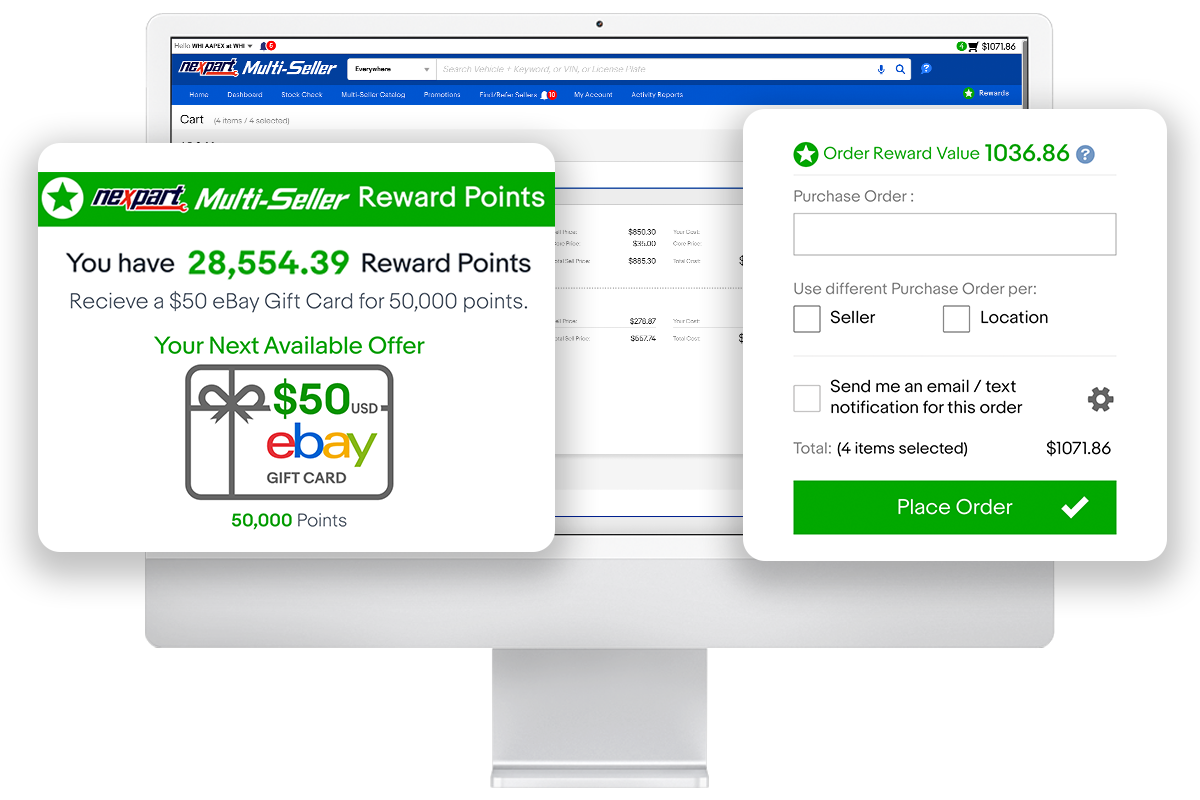A Note from Sunil: Why We Built Tektonic 2026
Over the years, I’ve had thousands of conversations with shop owners, advisors, and technicians across the country. No matter the size of the shop or how long you’ve been using Tekmetric, I keep hearing the same two things:
You want a place to learn from each other.
And you want deeper, hands-on Tekmetric training.
That’s exactly why we built Tektonic 2026.
If you’ve already found this page, you probably know the basics: three days in Houston, April 9-11, built for owners, advisors, and technicians from every kind of shop and every kind of system. Tektonic is about one thing — helping you get better results, faster, with practical education, shop-tested playbooks, and product training you can actually use.
Here’s a sneak peek at what we have in store, at what that really means for you and your team.
For Owners: Stop Profit from Slipping Through the Cracks
You already work hard. The question is whether every hour and every RO is actually paying you back.
Breakout: Unlock Hidden Profits Without Blowing Up What Already Works — Alex Saladna, CEO, WickedFile
Even well-run shops leak profit in the back office: unclaimed credits, fees that never get billed, vendor mistakes that never get caught. This session is about tightening all of that up without burning everything down and starting over.
You’ll walk away with:
- Simple audits you can run regularly to spot hidden losses
- A clear view of where profit usually disappears — and how to plug those holes
- Ways to automate repetitive tasks so more dollars stay in the business
If you’ve ever felt like your top line looks good but the bottom line doesn’t match the grind, this one’s worth circling.
Breakout: ADAS & Required Calibrations: Protect Your Shop and Your Customers — Joel Adcock, Director of Strategic Partnerships, Revv
Late-model vehicles roll in, ADAS is everywhere, and the liability is real. Missed calibrations aren’t just a line item you forgot to bill — they’re a safety issue and a trust issue.
You’ll walk away with:
- Clarity on when calibrations are required and how to identify them
- How to bake calibrations into your SOPs and ROs so they don’t get missed
- Practical ways to educate your team and your customers on why this matters
The goal: fix vehicles right the first time, protect your reputation, and make sure you’re charging appropriately for the work you’re already responsible for.
Breakout: Scale on Purpose, Not by Accident — Jesse Jackson & Brian Walden, Mango Automotive
If you’ve ever wondered how some shops jump to eight figures while you’re fighting for steady month-over-month growth, Jesse and Brian are going to walk you through the playbook they actually used.
For managers: Master the Maelstrom — Aaron Blair, Director of Operations, Alloy Automotive Partners
In the fast lane of auto service, chaos is inevitable—but profit isn’t. Aaron Blair, systems architect behind Blair and Alloy Automotive, shows how to turn daily disorder into precision workflow with tactical frameworks to control every moving part, from dispatching ROs to winning buy-in from techs and advisors.
You’ll learn how to:
- Use systems to get ahead: Build smarter workflows with dispatch boards, SOPs, and tech scoreboards to spot bottlenecks early.
- Maximize your day: Treat your calendar as a tool with time blocks for RO triage, tech coaching, and margin reviews.
- Create team consistency: Rely on huddles, checklists, and incentives so every team member stays aligned and executes to standard.
Also in the owner-focused track at Tektonic:
- Reporting Deep Dive: Making Sense of Tekmetric’s Dashboards
- From Invoice to Insights: Using Tekmetric to Master Shop Financials
- Love the Shop Again: Mindset Shifts to Lead, Inspire, and Grow
- Build It and They Will Come: How to Open a Shop That Stands Out, Attracts Talent, and Builds Loyalty Fast
- Powering Growth with Tekmetric Payments: From Faster Cash Flow to Customer Financing
- Running MSOs: Tools and Best Practices
For Service Advisors: Turn Conversations into Trust and Revenue
Advisors are the heartbeat of the shop. When they’re trained, supported, and set up well in the system, everything feels smoother…for you and your customers.
Breakout: Is Your Advisor Making You 100K or Losing You 100K? — Greg Bunch, Chief Officer, Transformers Institute
Owners and advisors will both get a lot out of this one. Greg walks through how a single advisor can swing six figures either way — and what to do about it.
You’ll walk away with:
- A ready-to-use hiring funnel with a job ad, screening script, and one-hour audition plan
- A 90-day onboarding and training plan with daily drills and talk tracks
- A simple scorecard to track call conversion, ARO, and appointment close ratio
If you’ve ever hired an advisor on “gut feel” and hoped for the best, this session will give you a better way.
Breakout: High Impact Sales: The Words That Build Long-Term Customers — Sabrina Wilkerson, Business Performance Analyst, Elite Worldwide
Advisors, this one is built for you. Customers don’t just buy the work — they buy the way you explain it. Sabrina breaks down what to say, how to say it, and how to stay ethical and honest while still driving approvals.
You’ll walk away with:
- Practical ways to generate higher profits through better conversations at the counter
- Tools to build long-term trust so people come back and send their friends
- Confidence to show up as the credible expert instead of “just another shop”
These are skills you can practice in the room and use on your very next phone call.
Breakout Bundle: Tekmetric Tools That Make Every Day at the Counter Less Chaotic
On top of the coaching and hiring sessions, we’re going deep on the actual tools advisors live in all day. The focus is simple: fewer dropped balls, clearer priorities, better follow-up, and a system that supports your advisors instead of slowing them down.
You’ll walk away with:
- Cleaner workflows from first call to follow-up
- Better visibility into which jobs to prioritize and when
- Fewer “I thought you had it” moments between the front counter and the bay
Advisor-focused Tekmetric sessions include:
- Tekmetric Service Workflow Deep Dive
- Advisor Dashboard Training: Prioritizing the Right Jobs, Every Time
- Advisor Toolkit Jam: Quotes, Smart Jobs, Templates & Follow-Up
- Shaping the Future of Service Advisor Tools in Tekmetric
For Technicians: Build Skills, Confidence, and a Real Path Forward
Great techs want two things: the right tools and a future.
Breakout: How to Run Monster Hours — Ryan Blair, CEO and Co-Founder, Alloy Automotive Partners
As a dealer technician turned one man band shop owner, Ryan Blair averaged 500 hours a month in production. In this session, you will get a breakdown of the mindset, systems, tips, and tricks to increase your production no matter what kind of shop you are working in.
Takeaways:
- How to play the game: maximizing the relationship with the front of house
- The surprising math behind the things you didn't realize are holding your production back
- Master the mindsets and beliefs to become the number one producer in your shop
Owners: this is a great session to send your high-potential techs to if you want them thinking bigger.
Breakout: Profit in the Bay: How Techs Win with DVIs and Efficiency Tracking
Being a great technician isn’t just about fixing cars. It’s about seeing the payoff from the work you do. In this Tekmetric training session, we’ll connect the dots between the work in the bay and the numbers on the screen.
You’ll walk away with:
- How solid DVIs drive higher approval rates
- How photos, notes, and videos make it easy for customers to say “yes”
- How efficiency tracking shows your impact — on the shop and on your paycheck
The goal is to give techs a clear line of sight from “I turned this wrench” to “I made this much difference.”
Breakout: ON-TRACK with DIN Diagrams + VCDS 101 — Travis Ruiz, Technical Support Consultant, German Car Support
If VW/Audi work feels like it takes twice as long as it should, these sessions are for you.
You’ll walk away with:
- Practice finding the correct wiring diagrams and navigating service info
- A walkthrough of the VCDS interface: scans, fault codes, live data, and basic functions
- Real-world tips for using VCDS to diagnose and fix problems faster
For techs who want to sharpen their skills on European cars, this is time well spent.
For techs who want even more time in the tools:
- Tekmetric Mobile App Deep Dive: Workflow at Your Fingertips
- DVI + Mobile App End-to-End Training: Photos, Video, Notes & Approvals
- Unlocking Smarter Repairs in Tekmetric
Big-Room Moments That Shift How You Lead
On top of 50+ breakout sessions, Tektonic’s general sessions are built to stretch how you think about your business and your role in it:
- Keynote: From Mainstreet to Millionaire — Codie Sanchez, Contrarian Thinking
Why “boring” businesses like auto repair can be the foundation of serious wealth if you build them right — and what that means for how you think about profit, risk, and opportunity in your own shop. - Keynote: Entrepreneurship Simplified — Mike Michalowicz, Profit First
Practical, straight-talking frameworks for building a healthier business: profit baked in from the start, cleaner cash flow, and systems that don’t fall apart every time you step away from the shop. - Keynote: Effort Matters, Character Counts — General Robert Neller, USMC (Ret.)
What effort and character look like on high-trust teams — and how those same principles apply when you’re leading a crew through nonstop cars, parts delays, and the pressure to deliver every day. - Coaching Power Hour Panel: The Great Shop Coaching Showdown
Leaders from top coaching groups tackling real shop challenges, side by side, so you can hear different approaches in one fast-paced session. - Shop Owner Panel: What It Really Takes to Win
From hiring and training to navigating daily chaos, this panel pulls back the curtain on what different types of high-performing shops are doing to scale, stay profitable, and keep both teams and customers thriving. You’ll hear real talk and real strategies from leaders who are living it every day, not just talking theory from a stage.
Three days in those rooms can change how you lead for the rest of the year.
Bring Your Whole Shop to Houston
Tektonic is built for your whole team:
- Owners getting clear on growth, profit, and where the business is really headed
- Advisors sharpening the conversations that build trust and drive revenue
- Technicians building skills, confidence, and a real path forward in their careers
It’s every shop, every role, under one roof, with zero gatekeeping. Wherever your shop is today — overwhelmed, growing, rebuilding, thriving — Tektonic delivers clarity, community, and practical tools to get to your next result.
Learn more about Tektonic 2026 and register your team HERE.

.png)


.png)

.png)




.png)












.webp)
.webp)





.svg)



.svg)